Is your trainer anticipating you to jot down an experimental report for each class experiment? Are you continue to uncertain about the right way to write a scientific report correctly? Don’t worry! We’ll information you thru all of the components of a scientific report, step-by-step.
The best way to write a scientific report:
- What’s a scientific report
- Normal guidelines to jot down Scientific stories
- Construction of the scientific report:
- Title
- Syllabus dot level
- Introduction/Background info
- Goal
- Speculation
- Threat evaluation
- Methodology
- Diagram
- Outcomes
- Dialogue
- Conclusion
What’s a scientific report?
A scientific report paperwork all features of an experimental investigation. This consists of:
- A title
- The goal of the experiment
- The speculation
- An introduction to the related background principle
- The strategies used
- The outcomes
- A dialogue of the outcomes
- The conclusion
Scientific stories enable their readers to grasp the experiment with out doing it themselves. As well as, scientific stories give others the chance to verify the methodology of the experiment to make sure the validity of the outcomes.
A scientific report is written in a number of levels. We write the introduction, goal, and speculation earlier than performing the experiment, file the outcomes through the experiment, and full the dialogue and conclusions after the experiment.
However, earlier than we delve deeper into the right way to write a scientific report, we have to have a science experiment to jot down about! Learn our 7 Easy Experiments You Can Do At Residence article and see which one you need to do.
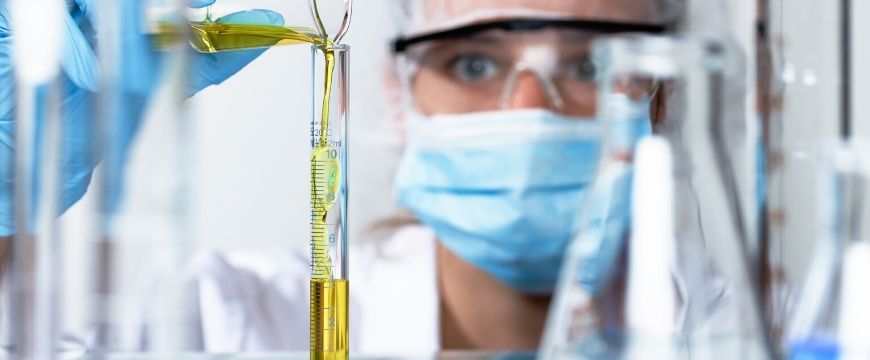
Normal guidelines about writing scientific stories
Studying the right way to write a scientific report is totally different from writing English essays or speeches!
You need to use:
- Passive voice (which you must keep away from when writing for different topics like English!)
- Previous-tense language
- Headings and subheadings
- A pencil to attract scientific diagrams and graphs
- Easy and clear traces for scientific diagrams
- Tables and graphs the place mandatory
Construction of scientific stories:
Now that you realize the final guidelines on the right way to write scientific stories, let’s take a look at the conventions for his or her construction!
1. Title
The title ought to merely introduce what your experiment is about.
Instance:
The Position of Gentle in Photosynthesis
2. Introduction/Background info
Write a paragraph that offers your readers background info to grasp your experiment.
This consists of explaining scientific theories, processes and different associated data.
Instance:
Photosynthesis is an important course of for all times. It happens when crops consumption carbon dioxide, water, and lightweight, and ends in the manufacturing of glucose and water. The sunshine required for photosynthesis is absorbed by chlorophyll, the inexperienced pigment of crops, which is contained within the chloroplasts.
The glucose produced via photosynthesis is saved as starch, which is used as an vitality supply for the plant and its shoppers.
The presence of starch within the leaves of a plant signifies that photosynthesis has occurred.
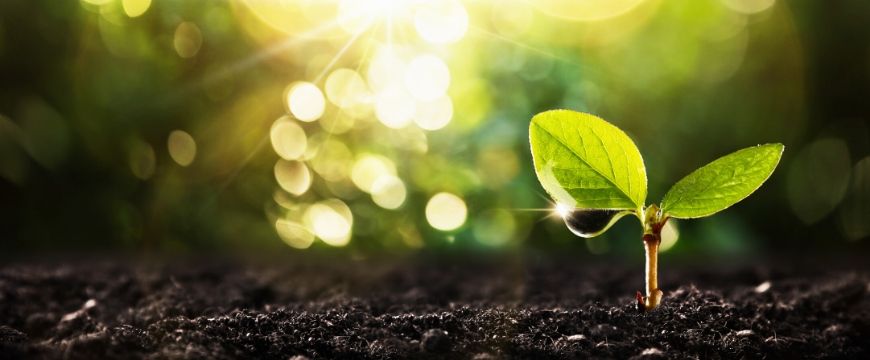
3. Goal
The goal identifies what’s going to be examined within the experiment. This ought to be brief, concise and clear.
Instance
The goal of the experiment is to check whether or not mild is required for photosynthesis to happen.
4. Speculation
The speculation is a prediction of the end result of the experiment. You need to use background info to make an informed prediction.
Instance
It’s predicted that photosynthesis will happen solely in leaves which might be uncovered to mild and never in leaves that aren’t uncovered to mild. This shall be indicated by the presence or absence of starch within the leaves.
5. Threat evaluation
Determine the hazards related to the experiment and supply a technique to forestall or minimise the dangers. A hazard is one thing that may trigger hurt, and the danger is the probability that hurt will happen from the hazard.
A desk is a wonderful method to current your danger evaluation.
Keep in mind, you must specify the sort of hurt that may happen due to the hazard. It’s not sufficient to easily determine the hazard.
- Don’t write: “Scissors are sharp”
- As an alternative, you must write: “Scissors are sharp and might trigger harm”
Instance:
| Hazard and related hurt | Threat | Precautions |
| Scissors are sharp and might trigger harm | Low | Use the scissors appropriately and retailer them after use.
Put on closed, sturdy footwear to forestall harm from falling sharp devices. |
| Methylated spirits are extremely flammable and might trigger burns or fires. | Low | Earlier than utilizing methylated spirits, make sure that all ignition sources similar to Bunsen burners and matches are extinguished. Minimise the quantity of methylated spirits used. |
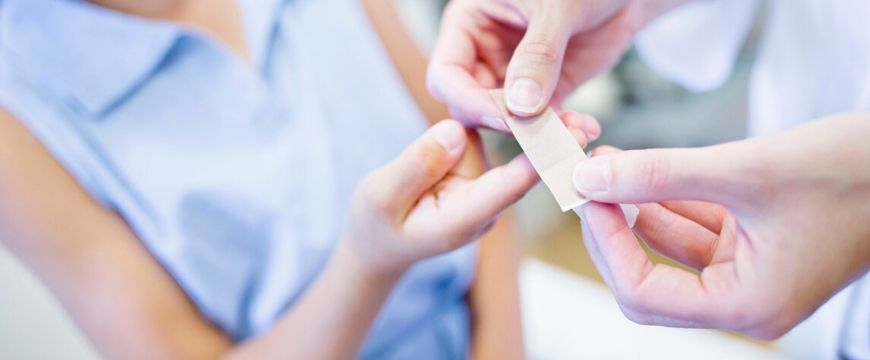
6. Methodology
The tactic has 3 components:
- An inventory of each materials used
- Steps of what you probably did within the experiment
- A scientific diagram of the experimental equipment
Let’s break down what it’s worthwhile to do for every part.
6a. Supplies
This should record every bit of kit and materials you used within the experiment.
Keep in mind, it’s worthwhile to additionally specify the quantity of every materials you used.
Instance
- 1 geranium plant
- Aluminium foil
- 2 check tubes
- 1 check tube rack
- 1 pair of scissors
- 1 ruler
- 1 250 mL beaker
- 1 pair of forceps
- 1 10 mL measuring cylinder
- Iodine answer (5 mL)
- Methylated spirit (50ml)
- Boiling water
- 1 kettle
- 2 Petri dishes
- 2 labels
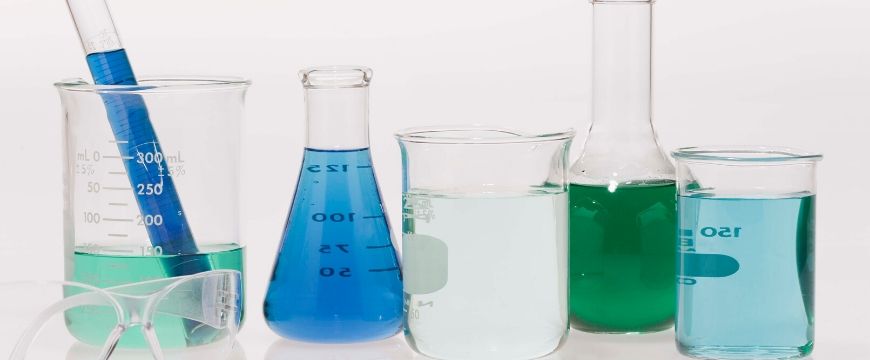
6b. Steps
The rule of thumb is that you must write the strategy in a transparent method in order that readers are capable of repeat the experiment and get related outcomes.
Utilizing a numbered record for the steps of your experimental process is way clearer than writing a complete paragraph of textual content. The steps ought to:
- Be written in a sequential order, primarily based on after they have been carried out.
- Specify any tools that was used.
- Specify the amount of any supplies that have been used.
You additionally want to make use of previous tense and passive voice if you end up writing your methodology. Scientific stories are supposed to point out the readers what you did within the experiment, not what you will do.
Instance
- Aluminium foil was used to completely cowl a leaf of the geranium plant. The plant was left within the solar for 3 days.
- On the third day, the coated leaf and 1 non-covered leaf have been collected from the plant. The foil was faraway from the coated leaf, and a 1 cm sq. was lower from every leaf utilizing a pair of scissors.
- 150 mL of water was boiled in a kettle and poured right into a 250 mL beaker.
- Utilizing forceps, the 1 cm sq. of coated leaf was positioned into the beaker of boiling water for two minutes. It was then positioned in a check tube labelled “darkish”.
- The water within the beaker was discarded and changed with 150 mL of freshly boiled water.
- Utilizing forceps, the 1 cm sq. non-covered leaf was positioned into the beaker of boiling water for two minutes. It was then positioned in a check tube labelled “mild”
- 5 mL of methylated spirit was measured with a measuring cylinder and poured into every check tube in order that the leaves have been absolutely coated.
- The water within the beaker was changed with 150 mL of freshly boiled water and each the “mild” and “darkish” check tubes have been immersed within the beaker of boiling water for five minutes.
- The leaves have been collected from every check tube with forceps, rinsed below chilly operating water, and positioned onto separate labelled Petri dishes.
- 3 drops of iodine answer have been added to every leaf.
- Each Petri dishes have been positioned aspect by aspect and observations have been recorded.
- The experiment was repeated 5 instances, and outcomes have been in contrast between totally different teams.
6c. Diagram
After you end your steps, it’s time to draw your scientific diagrams! Listed below are some guidelines for drawing scientific diagrams:
- At all times use a pencil to attract your scientific diagrams.
- Use easy, sharp, 2D traces and shapes to attract your diagram. Don’t draw 3D shapes or use shading.
- Label the whole lot in your diagram.
- Use skinny, straight traces to label your diagram. Don’t use arrows.
- Make sure that the label traces contact the define of the tools you’re labelling and never cross over it or cease wanting it
- The label traces ought to by no means cross over one another.
- Use a ruler for any straight traces in your diagram.
- Draw a sufficiently giant diagram so all elements will be seen clearly.
Instance
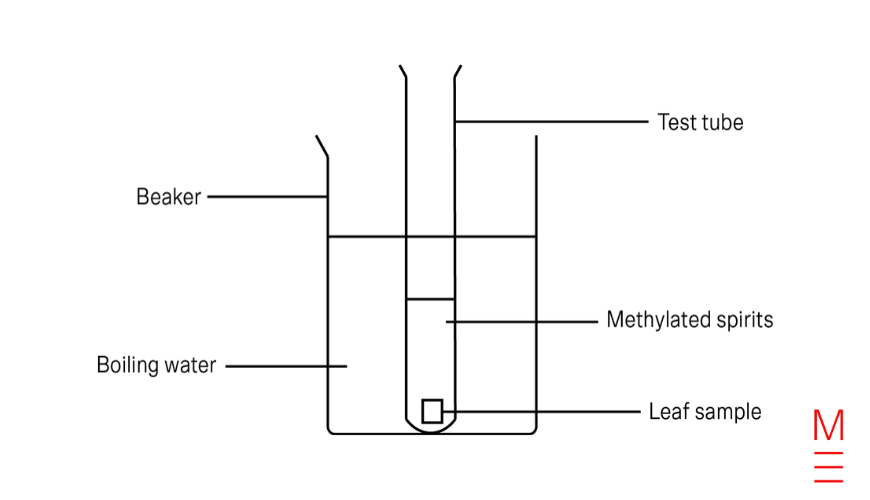
7. Outcomes
That is the place you doc the outcomes of your experiment. The information that you simply file in your experiment will typically be qualitative and/or quantitative.
Qualitative knowledge is knowledge that pertains to qualities and is predicated on observations (qualitative – high quality). This kind of knowledge is descriptive and is recorded in phrases. For instance, the color modified from inexperienced to orange, or the liquid turned scorching.
Quantitative knowledge refers to numerical knowledge (quantitative – amount). This kind of knowledge is recorded utilizing numbers and is both measured or counted. For instance, the plant grew 5.2 cm, or there have been 5 frogs.
You additionally have to file your ends in an acceptable method. More often than not, a desk is the easiest way to do that.
Listed below are some guidelines to utilizing tables
- Use a pencil and a ruler to attract your desk
- Draw neat and straight traces
- Make sure that the desk is closed (join all of your traces)
- Don’t cross your traces (erase any traces that stick out of the desk)
- Use acceptable columns and rows
- Correctly identify every column and row (together with the models of measurement in brackets)
- Do not write your models within the physique of your desk (models belong within the header)
- At all times embrace a title
Be aware: In case your outcomes require calculations, clearly write every step.
Instance:
Observations of the consequences of sunshine on the quantity of starch in plant leaves.
| Observations (color) | Presence of starch (sure/no) | |
| Uncovered leaf (uncovered to mild) | Darkish blue, purple and black | Sure |
| Coated leaf (not uncovered to mild) | Gentle-yellow | No |
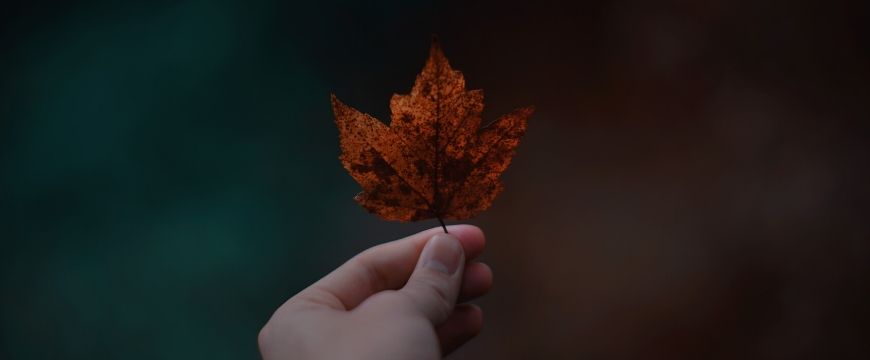
If quantitative knowledge was recorded, the information is commonly additionally plotted on a graph.
8. Dialogue
The dialogue is the place you analyse and interpret your outcomes, and determine any experimental errors or potential areas of enhancements.
It’s best to divide your dialogue as follows.
1. Development within the outcomes
Describe the ‘development’ in your outcomes. That’s, the connection you noticed between your impartial and dependent variables.
The impartial variable is the variable that you’re altering within the experiment. On this experiment, it’s the quantity of sunshine that the leaves are uncovered to.
The dependent variable is the variable that you’re measuring within the experiment, On this experiment, it’s the presence of starch within the leaves.
Clarify how a specific result’s achieved by referring to scientific data, theories and some other scientific sources you discover.2. Scientific rationalization:
Instance:
The presence of starch is indicated when the addition of iodine causes the leaf to show darkish purple. The outcomes present that starch was current within the leaves that have been uncovered to mild, whereas the leaves that weren’t uncovered to mild didn’t include starch.
2. Scientific rationalization:
Present an evidence of the outcomes utilizing scientific data, theories and some other scientific sources you discover.
Instance:
As starch is produced throughout photosynthesis, these outcomes present that mild performs a key function in photosynthesis.
3. Validity
Validity refers as to if or not your outcomes are legitimate. This may be executed by inspecting your variables.
VAlidity = VAriables
Determine the impartial, dependent, managed variables and the management experiment (when you have one).
The managed variables are the variables that you simply maintain the identical throughout all exams e.g. the dimensions of the leaf pattern.
The management experiment is the place you don’t apply an impartial variable. It’s untouched for the entire experiment.
Make sure that you by no means change multiple variable at a time!
Instance:
The impartial variable of the experiment was quantity of sunshine that the leaves have been uncovered to (the coated and uncovered geranium leaf), whereas the dependent variable was the presence of starch. The managed variables have been the dimensions of the leaf pattern, the period of the experiment, the period of time the options have been heated, and the quantity of iodine answer used.
4. Reliability
Determine the way you ensured the reliability of the outcomes.
RElegal responsibility = REpetition
Present that you simply repeated your experiments, cross-checked your outcomes with different teams or collated your outcomes with the category.
Instance:
The reliability of the outcomes was ensured by repeating the experiment 5 instances and evaluating outcomes with different teams. Since different teams obtained comparable outcomes, the outcomes are dependable.
5. Accuracy
Accuracy ought to be mentioned in case your outcomes are within the type of quantitative knowledge, and there may be an accepted worth for the outcome.
Accuracy wouldn’t be mentioned for our instance photosynthesis experiment as qualitative knowledge was collected, nevertheless it might if we have been measuring gravity utilizing a pendulum:
The measured worth of gravity was 9.8 m/s2, which is in settlement with the accepted worth of 9.8 m/s2.
6. Attainable enhancements
Determine any errors or dangers discovered within the experiment and supply a technique to enhance it.
If there are none, then counsel new methods to enhance the experimental design, and/or minimise error and dangers.
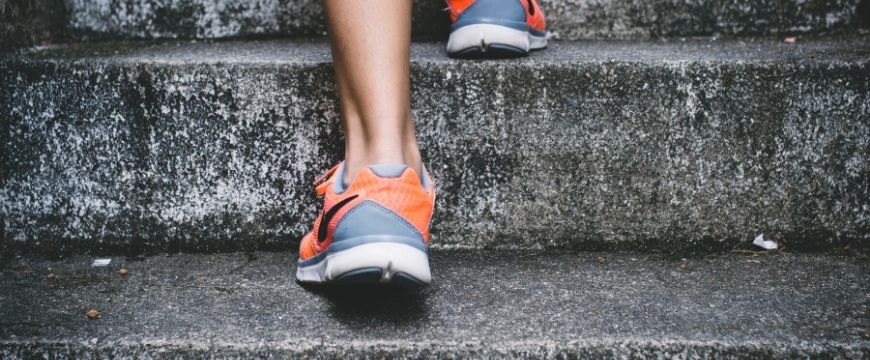
Instance:
Attainable enhancements could possibly be made by together with management experiments. For instance, testing whether or not the iodine answer turns darkish purple when added to water or methylated spirits. This could assist to make sure that the purple color noticed within the experiments is as a result of presence of starch within the leaves somewhat than impurities.
9. Conclusion
State whether or not the goal was achieved, and in case your speculation was supported.
Instance:
The goal of the investigation was achieved, and it was discovered that mild is required for photosynthesis to happen. This was evidenced by the presence of starch in leaves that had been uncovered to mild, and the absence of starch in leaves that had been unexposed. These outcomes help the proposed speculation.
